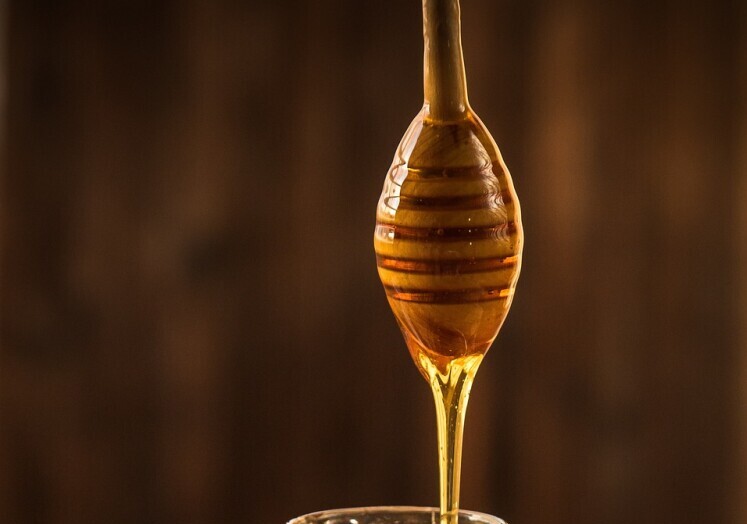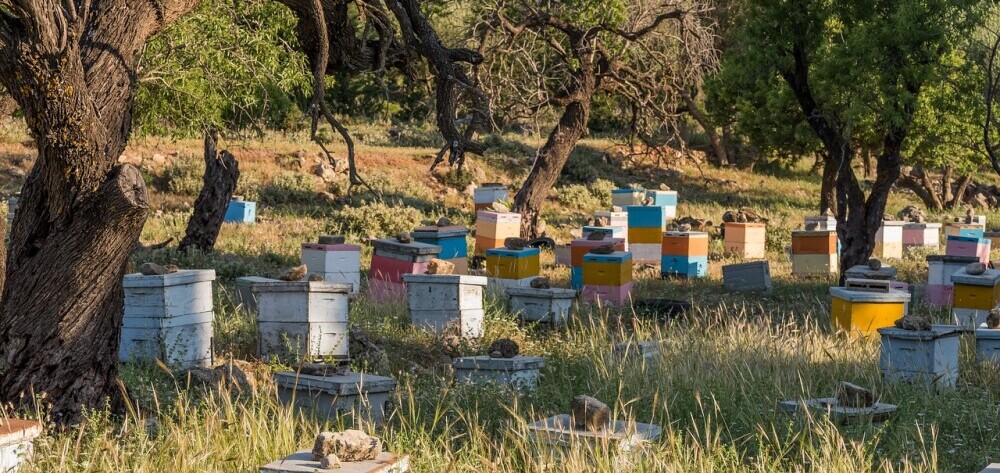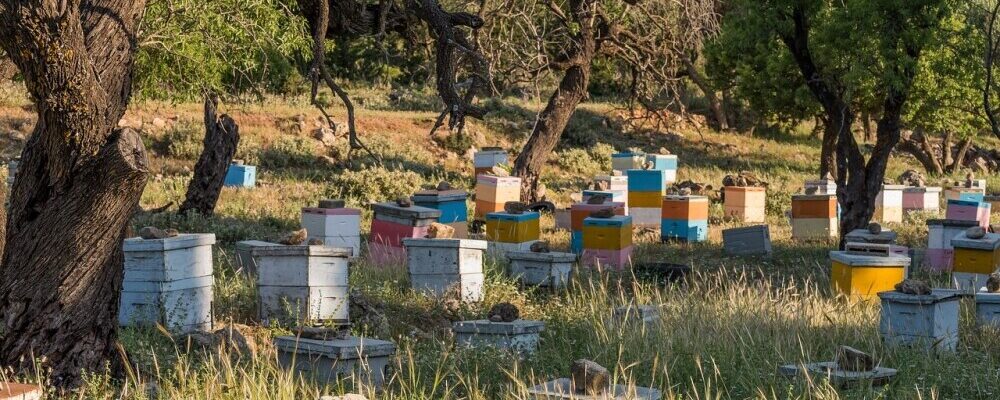Beekeeping isn’t just about harvesting honey – it’s a practice woven deeply into the cultural and historical fabric of societies worldwide. The story of beekeeping dates back thousands of years, with evidence of early beekeepers depicted in ancient Egyptian art and in the pages of Greek literature. Across the globe, people have cultivated bees not just for their honey but for their wax, propolis, and even their role in pollination, which is vital for food production.

In ancient times, beekeeping methods were pretty rudimentary. Early beekeepers often relied on wild bee colonies, using hollowed-out logs, clay pots, or woven baskets called skeps as makeshift hives. These methods evolved over time, especially with the advent of movable-frame hives in the 19th century which revolutionized beekeeping and increased efficiency.
Understanding the cultural importance of bees and beekeeping helps us appreciate why this practice has endured for so long. Bees are more than just honey producers. They play a critical role in ecosystems by pollinating plants, which ensures biodiversity.
In many cultures, bees are symbols of industry, cooperation, and resilience. They appear in mythology, folklore, and even religious texts, underscoring their significant place in human history.
Even as beekeeping has become more scientific and commercialized, traditional practices and local knowledge continue to be crucial. Local and indigenous communities often use methods passed down through generations, which are adapted to their specific environments and needs.
These practices are not just about managing bee colonies; they also reflect a deep understanding and respect for nature. By exploring global beekeeping traditions, we gain insights into the diverse ways humans interact with these extraordinary insects.
Beekeeping Practices in Europe
In Germany, traditional beekeeping methods feature the use of skeps—dome-shaped baskets woven from straw and hazel twigs. This method dates back to medieval times and showcases a reliance on natural materials.
While skeps have mostly been replaced by modern hives due to their inefficiency in honey extraction and colony management, some traditionalists continue using them to maintain cultural practices and promote biodiversity.

Over in the UK, beekeeping has seen significant modernization. Beekeepers here often use National Hives, which are specially designed to handle the cooler and wetter climate. Innovations in hive design and bee management have helped increase honey yields and ensure the health of bee colonies. British beekeepers are also keen on sustainable practices, such as using organic treatments for pests and maintaining wildflower meadows to support bee populations.
In Slovenia, beekeeping is more than just a hobby—it’s almost a national pastime. Slovenians are known for their Carniolan bees, a breed famed for its gentleness and productivity. The tradition here includes colorful hive entrances, which help bees navigate back to their hives and also prevent drifting.
Slovenia even has a Beekeepers’ Day, reflecting the importance of bees to their heritage and economy. The emphasis on preserving traditional methods while adapting to new technological advancements is a hallmark of Slovenian beekeeping.
Beekeeping in Asia: Cultural Practices and Innovations
In China, beekeeping dates back about 3,000 years. Ancient methods involved using tree trunks and clay pots to house bees, and the art has evolved significantly over the centuries. Today, China is one of the world’s largest honey producers.
There’s a strong emphasis on scientific research and the application of advanced techniques to improve productivity. You’ll still find some traditional practices alive and well, especially in rural areas where beekeeping is a family affair.
India has a rich tradition of beekeeping deeply rooted in rural communities. Indigenous methods often involve using wall cavities, mud pots, or specially designed wooden boxes called ‘top-bar hives.’
These methods are sustainable and suited to the local varieties of bees, which are less aggressive and highly efficient in pollination. With growing interest in organic farming, beekeeping is gaining traction as an eco-friendly practice that supports sustainable agriculture.
In Japan, beekeeping blends the traditional with the modern. Native species like the Japanese honeybee are often kept using centuries-old methods, which involve handcrafted wooden hives placed in serene garden settings.
However, modern practices have also been adopted to meet commercial demands. Techniques such as artificial insemination and controlled breeding programs are used to enhance productivity. The Japanese approach emphasizes harmony with nature, reflecting a broader cultural value that’s evident in many aspects of daily life.
African Beekeeping Traditions and Sustainability
Ethiopia stands out for its age-old beekeeping practices. Traditional hives made from hollowed-out logs or woven from bamboo and grass are commonly used. Beekeeping here is vital for local economies as honey is a key agricultural product.
Ethiopian honey is often traded in local markets and serves as an important income source for many rural families. Moreover, the country has gained international recognition for its unique, high-quality honey varieties.

In Kenya, the use of top-bar hives is a prevalent method. These hives are easy to construct, manage, and are suited for the Kenyan climate. They offer a sustainable way to harvest honey without harming the bees, making them an eco-friendly choice.
The top-bar hive design also allows for easy inspection and pest control, enhancing colony health and honey production. Beekeeping cooperatives in Kenya have become a model for community-based conservation efforts, promoting the protection of local bee species and their habitats.
African beekeeping often emphasizes sustainability and environmental conservation. This is evident in projects aimed at integrating beekeeping with reforestation efforts. By placing hives in areas needing reforestation, bees help pollinate new plants, facilitating forest recovery.
Additionally, beekeepers plant nectar-rich trees and shrubs to ensure their bees have ample forage. Such practices not only support bee populations but also contribute to broader ecological health and biodiversity.
Beekeeping in the Americas: Diversity and Adaptation
In Mexico, traditional Mayan beekeeping is still practiced, especially in the Yucatan Peninsula. The native stingless bees, known as Melipona bees, are housed in hollow logs called “jobones.” These bees produce honey that’s prized for its medicinal properties.
The practice is deeply connected to Mayan culture and spirituality, with ceremonies often held to honor the bees and ensure good harvests.
The United States has seen a significant rise in urban beekeeping. With increasing awareness of bee population declines, many city dwellers have taken up beekeeping on rooftops, balconies, and community gardens.

Urban beekeeping not only helps boost local bee populations but also engages communities in sustainable practices. Beekeeping courses and urban beekeeping clubs have sprung up across the country, making it accessible for beginners.
Brazil is a hotspot for innovative beekeeping techniques. The country’s diverse flora provides excellent forage for bees, resulting in a wide variety of unique honey flavors. Brazilian beekeepers often use Africanized bees, which are resilient and highly productive.
Despite their reputation for aggression, these bees have been successfully managed through careful breeding and hive management strategies. The emphasis here is on maximizing productivity while ensuring the health and vitality of bee colonies.

2 comments on “Beekeeping Traditions And Practices From Around The World”
Vlad_B
September 15, 2024 at 11:01 pmThis article is fascinating! I love how it captures the deep cultural significance of beekeeping across different regions. It’s incredible to see how traditional practices like Ethiopia’s log hives and Slovenia’s vibrant hive paintings are still cherished alongside modern innovations. It’s a reminder that beekeeping isn’t just about honey production but also about preserving heritage, supporting ecosystems, and fostering sustainable practices.
One question: How do beekeeping techniques differ in these various cultures when managing bees for pollination versus honey production?
Randi
September 17, 2024 at 2:30 amThank you so much! I’m glad you enjoyed the article. Beekeeping really does have such a rich cultural significance beyond just honey production, right? As for your question, in many traditional cultures, the focus on pollination versus honey production can vary. In places like Ethiopia, for example, log hives are often used for both, but the emphasis tends to be more on honey. In contrast, regions like Europe, with their modern hive systems, may put more focus on bee management for pollination, especially in agricultural areas. It’s fascinating to see how different practices evolve based on local needs and traditions!